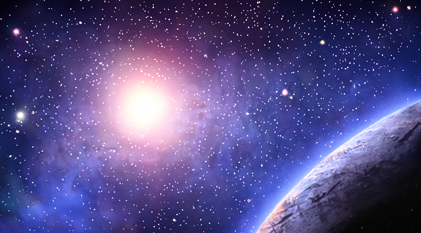
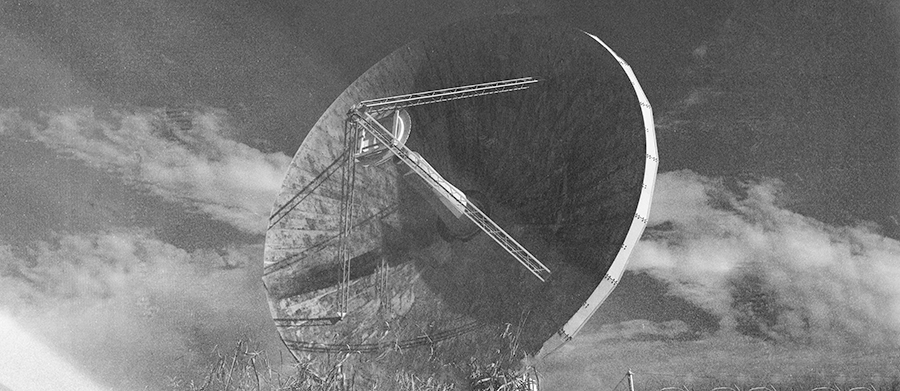
Science operations at the Arecibo Observatory ceased as of August 14th 2023. The facility is expected to transition to the Arecibo Center for STEM Education and Research (ASCER) in the future. This will be the final newsletter shared with the Arecibo science community produced under the management by the University of Central Florida.
We hope that the content of these newsletters has been as informative, educational, and inspiring as the AO research and education programs that the newsletters were designed to highlight.
The Last Days at Arecibo
On the final days of the Arecibo Observatory, staff were recognized for their incredible contributions to the facility and to the exploration of our universe.
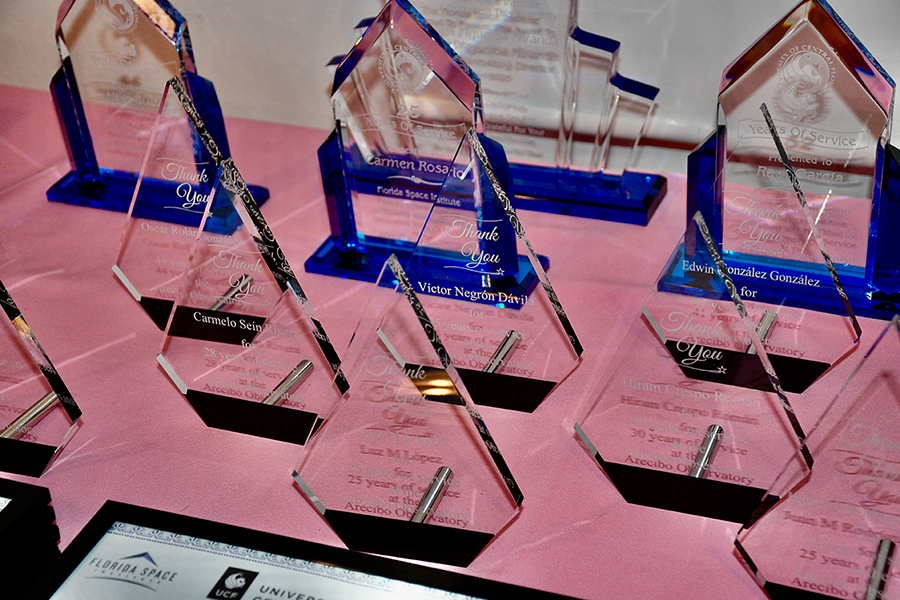
The Future of the AO Science Programs and Facilities
The Arecibo Observatory domain is now hosted by the NRAO. You can find the site here: https://naic.nrao.edu/. AO newsletters and the articles within them are currently available at https://arecibo.space.swri.edu/
Education
The Arecibo Observatory’s Everlasting Legacy: Training and Education Programs
The Arecibo Observatory has hosted an internship program on-site since 1972, launching the careers of world-known scientists, engineers, and other successful professionals for over five decades. A series of training, outreach, and education programs at the observatory have ingrained key science and engineering principles in hundreds to thousands of participants. The impressive facility has also served as a site of inspiration for younger students, public visitors, and movie-goers locally in Puerto Rico and beyond.
AO staff have worked directly with the next generation of scientists and engineers through programs including the NSF Research for Undergraduates (REU), ENCANTO, AO STARS, and more. In the summer of 2023, despite the pending closure, staff still took the time to host a group of REU students and ENCANTO students.
The Arecibo Observatory has also hosted and participated in several series of training workshops to refine the observational skills of researchers around the globe: including continued support for the Single Dish Summer School with the Green Bank Observatory and other trainings in 2023.
Click here to read about the recent education and outreach accomplishments of AO

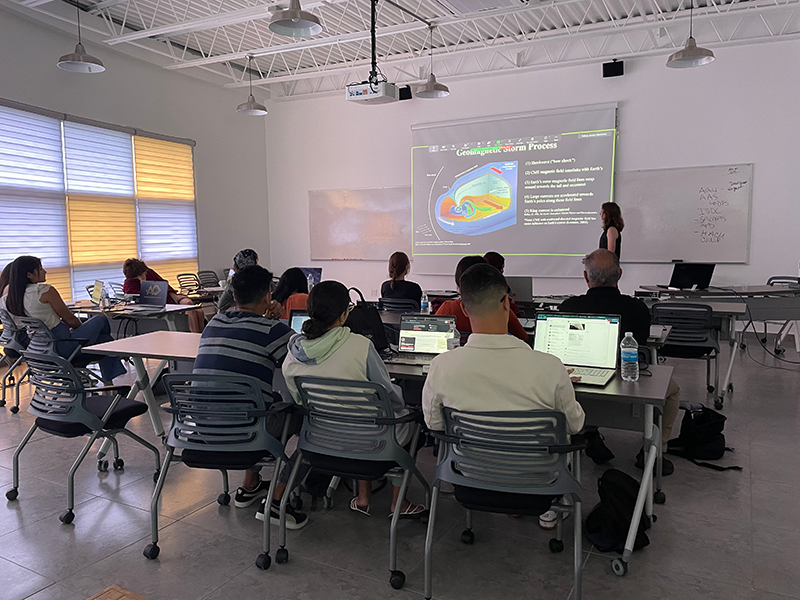
#AOScienceNowAndForever
The AO team under UCF leadership and AO Users around the globe have made some astounding scientific discoveries using the Arecibo Observatory over the past five years. These include the use of the 305 m Gordon telescope, the 12 m telescope, the LIDAR facility, and much more. Click below for an overview of these incredible contributions to the exploration of our planet, Solar System, and universe.
Facility Updates
The Cryogenic Wideband (2.5 - 14 GHz) Receiver System Upgrade for the Arecibo 12m Telescope
Just prior to the closure of the observatory, the cryogenic front-end upgrade to the 12-m upgrade was completed, tested, and used to acquire commissioning data.
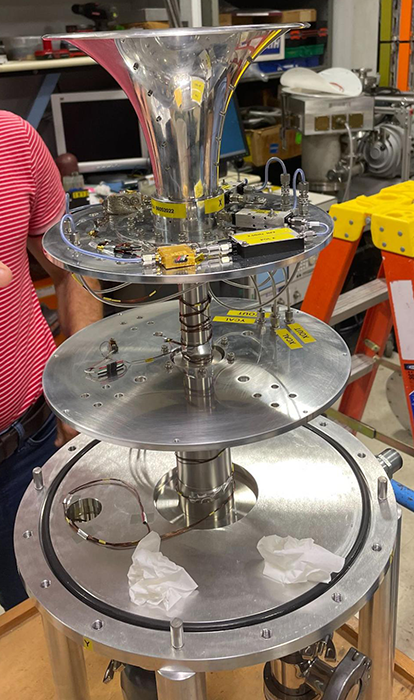
Arecibo in the News
NANOGrav Detects Low-Frequency Gravitational Waves
Dr. Bentege Perera, former research scientist at AO and now currently a researcher at the Florida Space Institute, was a co-author on the publication of NANOGrav’s 15 year data set that presents compelling evidence for gravitational wave background result in the timing residuals of pulsars observed by telescopes, including the 305-m William E. Gordon telescope at the Arecibo Observatory.
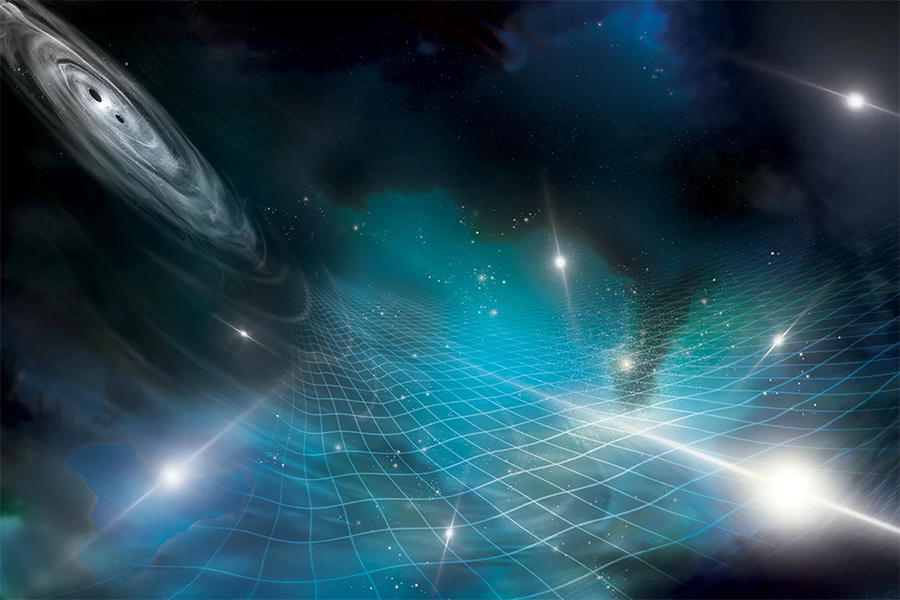
Arecibo Observatory-led Team Discovers Large Near-Earth Asteroid Has Changing Rotation
A team of scientists, led by AO research scientist Sean Marshall, measured a change in the rotation period of the potentially hazardous near-Earth asteroid 3200 Phaethon. This asteroid is the parent body of the Geminid meteor shower seen on Earth every December, and is the target of the Japanese spacecraft mission called DESTINY+

Other News
New Beginnings at the End of the Observatory
Pia Salter, daughter of long-time Arecibo scientists Dr. Tapasi Ghosh and Dr. Christopher Salter, married Dr. Ivan Vlaho Adrian Norman Slipper at the observatory on July 30th.
See pictures and read about the beautiful wedding – and how it came to be.

A message of thanks from the Arecibo Science Advocacy Partnership (ASAP)
Click below to see the letters of gratitude from ASAP in either English or in Spanish. You can continue to follow and support ASAP efforts: https://areciboscience.org/






